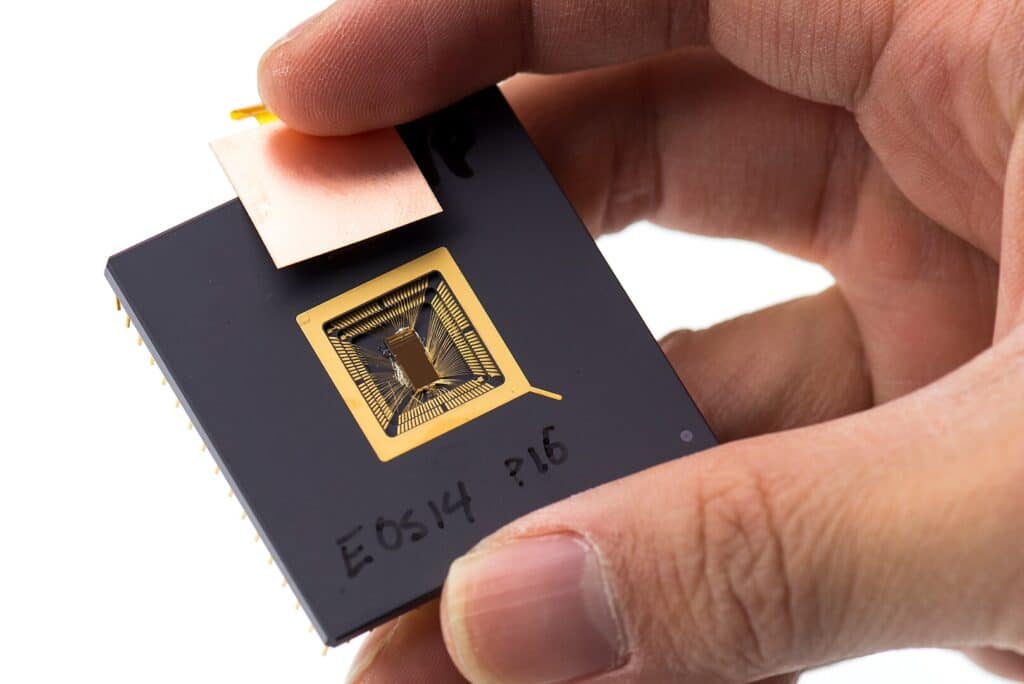In the ever-evolving world of computing, processor architecture plays a pivotal role in shaping the performance, efficiency, and flexibility of devices. Among the various architectures available, RISC-V has emerged as a groundbreaking open-source alternative that is challenging the dominance of proprietary designs like x86 and ARM. This article delves into the intricacies of RISC-V, its advantages, and how it compares to other established architectures.
What is RISC-V?
RISC-V (pronounced “risk-five”) is an open-source instruction set architecture (ISA) based on the Reduced Instruction Set Computing (RISC) principles. Developed at the University of California, Berkeley, RISC-V was first introduced in 2010 and has since gained significant traction in the tech industry. Unlike proprietary architectures, RISC-V is freely available for anyone to use, modify, and implement, making it a highly versatile and cost-effective solution.
Key Features of RISC-V
- Modularity: RISC-V’s design is modular, allowing developers to choose from a variety of standard extensions tailored to specific applications. This flexibility enables the creation of highly optimized processors for everything from embedded systems to high-performance computing.
- Simplicity: The architecture is designed to be simple and clean, with a minimal set of base instructions. This simplicity reduces the complexity of hardware design, making it easier to develop and verify processors.
- Open Source: Being open-source, RISC-V promotes collaboration and innovation. Developers worldwide can contribute to its evolution, ensuring it remains at the cutting edge of technology.
- Scalability: RISC-V is scalable across a wide range of applications, from microcontrollers to supercomputers. This adaptability makes it a versatile choice for various industries.
- Royalty-Free: One of the most appealing aspects of RISC-V is that it is royalty-free. Companies can develop and commercialize RISC-V-based products without incurring licensing fees, significantly reducing costs.
RISC-V vs. x86 and ARM
To appreciate the impact of RISC-V, it’s essential to compare it with the two dominant architectures in the market: x86 and ARM.
x86 Architecture
- Performance: x86, developed by Intel and AMD, is known for its high performance, particularly in desktop and server environments. It excels in complex computing tasks and is the backbone of many enterprise systems.
- Complexity: The x86 architecture is complex, with a large and intricate instruction set. This complexity increases the design and verification challenges, leading to higher development costs.
- Licensing: x86 is a proprietary architecture, and companies must obtain licenses to produce x86-compatible processors. This can be a significant barrier to entry for smaller companies.
ARM Architecture
- Energy Efficiency: ARM is renowned for its energy efficiency, making it the architecture of choice for mobile devices and embedded systems. ARM processors power the majority of smartphones and tablets.
- Scalability: ARM offers a range of designs catering to different performance and power requirements, from tiny microcontrollers to high-performance server chips.
- Licensing: While ARM is not open-source, ARM Holdings licenses its designs to other companies. This licensing model has been successful but still involves costs and restrictions.
RISC-V Architecture
- Open Source and Cost-Effective: RISC-V’s open-source nature eliminates licensing fees, making it an attractive option for startups and companies looking to reduce costs.
- Simplicity and Modularity: The simplicity of the RISC-V ISA reduces design complexity, while its modularity allows for customization to specific needs, offering a balance of performance, efficiency, and flexibility.
- Growing Ecosystem: Although RISC-V is relatively new compared to x86 and ARM, its ecosystem is rapidly expanding. Many companies, including Western Digital, NVIDIA, and SiFive, are adopting RISC-V for various applications.
Applications of RISC-V
RISC-V is finding its way into a diverse range of applications:
- Embedded Systems: Its simplicity and low power consumption make RISC-V ideal for embedded systems, such as IoT devices and industrial controllers.
- High-Performance Computing: With its scalability, RISC-V is being explored for use in data centers and supercomputers, challenging the dominance of x86 in this space.
- Custom Hardware: The open-source nature of RISC-V allows companies to develop custom processors tailored to specific workloads, such as machine learning accelerators and cryptographic engines.
Future Prospects
The future of RISC-V looks promising. As the demand for customizable, cost-effective, and efficient processors continues to grow, RISC-V is well-positioned to become a major player in the industry. Its open-source model fosters innovation and collaboration, potentially leading to rapid advancements and widespread adoption.
Moreover, the growing concerns about security and the need for transparent, auditable hardware are driving interest in RISC-V. Its open-source nature allows for greater scrutiny and the implementation of robust security measures.
Conclusion
RISC-V represents a paradigm shift in processor architecture, offering a compelling alternative to proprietary designs like x86 and ARM. Its open-source nature, combined with modularity, simplicity, and scalability, makes it a versatile and cost-effective solution for a wide range of applications. As the tech industry continues to embrace open standards and innovation, RISC-V is poised to play a significant role in shaping the future of computing. Whether it’s powering the next generation of IoT devices or driving advancements in high-performance computing, RISC-V is undoubtedly a force to be reckoned with.

